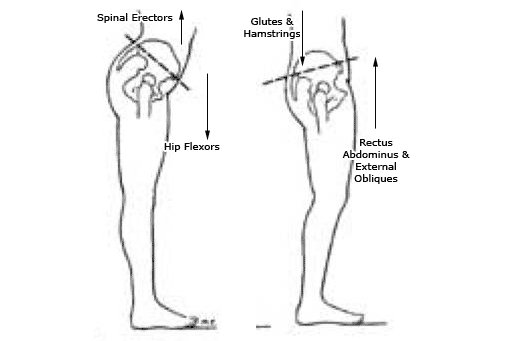Treating the Cause of Sports Injuries, Not Just Symptoms
Treating the Cause of Sports Injuries, Not Just Symptoms
Scottsdale, AZ – I strongly believe when an athlete sustains non-contact sports injuries, the cause of the sports-injury should be investigated. What I mean by this, is if an athlete sprains an ankle, twists a knee, strains a muscle, dislocates a shoulder, tweaks their back, etc….then the answer to the question “WHY DID THIS HAPPEN” should be very thoroughly assessed by a sports medicine specialist. I understand if someone got injured because a guy twice their size came rolling into the backside of their knee while playing football, or a soccer player got side-tackled at full speed and landed hard on their hip, or a basketball player was going up for a layup and an opponent was hanging onto his arm with all his weight, that those injuries may not be able to be prevented as much, but those are contact injuries. The sports injuries I am alluding to in this blog are those non-contact injuries that occur when someone is running, jumping, cutting, landing or throwing and nobody is contacting them at the time of injury.
The cause of these sports injuries should be looked at very seriously. What is the point to heal someone’s pain symptoms, but not place importance on preventing future injuries that may be caused by the same biomechanical or neuromuscular flaw? As a national board Certified Athletic Trainer, it is my obligation, by law, to asses and re-asses injuries and prevent injuries. To some athletic trainers or other sports medicine professionals, they may think prevention of injury is done by confirming the playing field is safe, that the athletes have access to hydration during their sport practice or game, or that they educate the athlete to rest (RICE) and not return to play after sustaining certain injuries; which these are all very important, but I also believe that applying the knowledge we, as sports medicine specialists, have obtained with regards to our high-level of education with kinesiology, pathology, biomechanics, and anatomy should be just as important as those other injury prevention methods.
When an athlete comes to us at Efficient Movement with chronic knee pain, or chronic low back pain, or a repetitive sprained ankle, we look at their entire body’s biomechanic and neuromuscular patterns. We look at any muscle imbalances (strength & flexibility) from Left / Right and antagonist / agonist, mobility differences across all joints bilaterally, and any restrictions in triple flexion – triple extension leg power mechanics. It is then, that we can put all the puzzle pieces together: 1) mechanism of injury, 2) sport history, 3) sport position, 4) previous injury history and the information we gathered from our thorough assessment. This will almost always answer the question of “Why did this injury happen”. And, now we can treat the cause of the problem and the current symptoms.
Therefore, when you rehab an injury in this manner, you will almost always return an athlete back to the playing field better than they were prior to the injury and significantly reduce the number of future injuries that athlete will sustain. Now don’t get me wrong, this doesn’t magically prevent all future injuries and/or result in a better athleticism in one session, but within in a few weeks – few months, significant differences will be noticed on and off the playing field.
If you would like to know the “cause” of your chronic or repetitive injuries, please call us at Efficient Movement for a 90-minute thorough evaluation. (602) 358-8862. We look forward to taking you to the next level and achieving superior athletic results!







